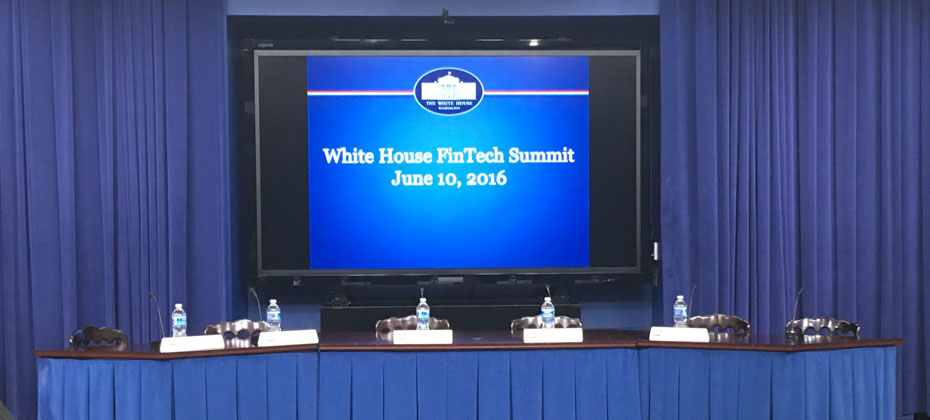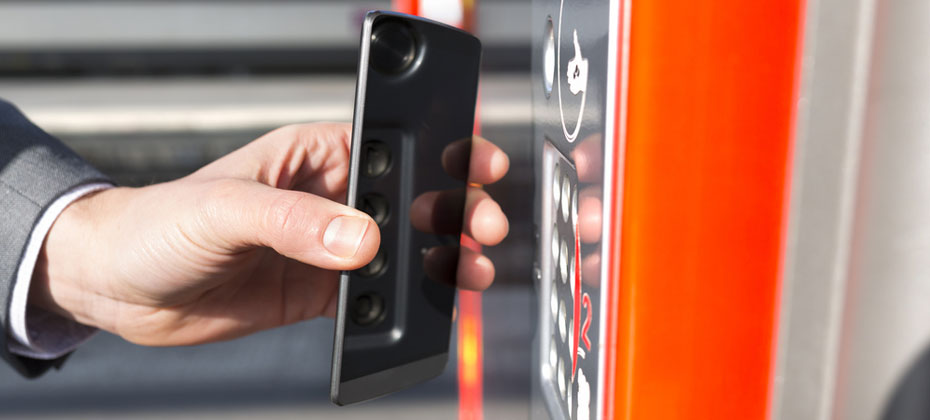Tag: Mobile Payments

The financial services industry is not always synonymous with innovation and forward-thinking. While there are some exceptions with top–10 banks and some savvy regionals, as a...

Experian consultant offers his recap from attending a half-day event hosted at The White House called the “FinTech Summit” largely focused on how government...

What is blockchain? Blockchain is beginning to get a lot of attention, so I thought it might be time to figure out what it...

Payments and the Internet of things has been colliding for a while now – and it surfaced again recently with Mastercard announcing that it is...

Apple eschewed banks for a retailer focus onstage at their Worldwide Developers Conference (WWDC) when it spoke to payments. I sense this is an intentional...

Apple Pay fraud solution Apple Pay is here and so are increased fraud exposures, confirmed losses, and customer experience challenges among card issuers. The...